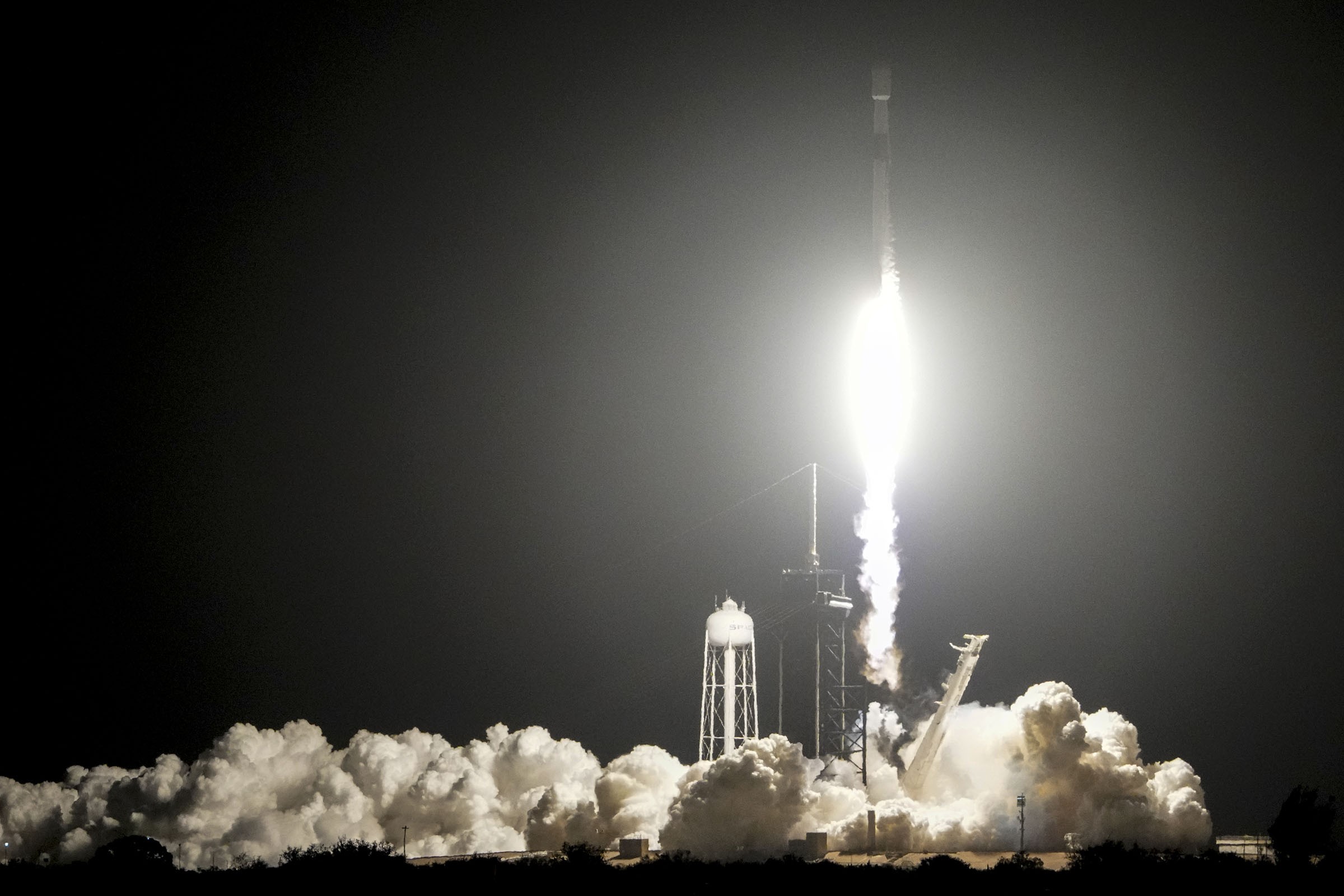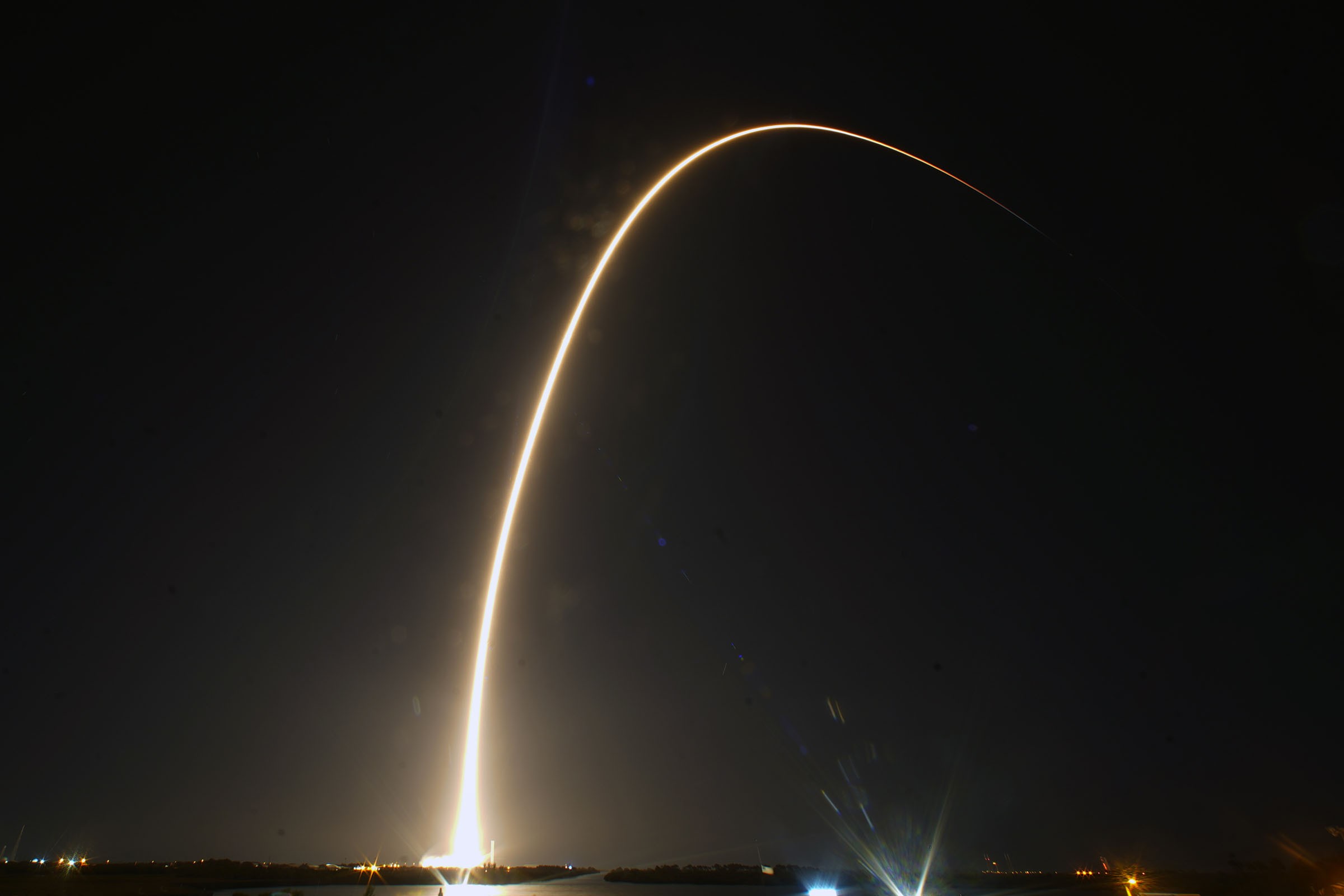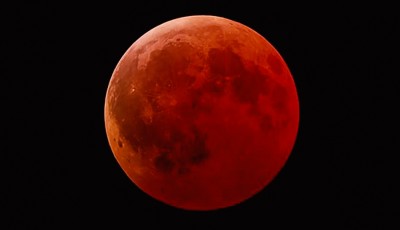SpaceX Launches Two Lunar Landers to the Moon on a Single Rocket

SpaceX successfully launched two robotic lunar landers, developed by companies from the United States and Japan, to the Moon aboard a single rocket early Wednesday.
The mission includes the Blue Ghost lander, developed by U.S.-based Firefly Aerospace, and the RESILIENCE lander from Japanese company ispace. The landers were launched on a SpaceX Falcon 9 rocket from NASA’s Kennedy Space Center in Florida at 1:13 a.m. Eastern Time (0613 GMT).
Following liftoff, SpaceX confirmed the rocket's main engine cutoff and stage separation. The Falcon 9's first stage successfully landed on a droneship in the Atlantic Ocean, marking another milestone in reusable rocket technology.
Blue Ghost’s Mission
Firefly’s Blue Ghost lander is expected to take about 45 days to reach the Moon, targeting a landing near Mons Latreille in Mare Crisium, a 550-kilometer-wide basin on the Moon's near side.
The lander is carrying 10 NASA science experiments under the agency’s Moon to Mars initiative. These include testing lunar subsurface drilling, regolith sample collection, radiation-tolerant computing, and methods to mitigate lunar dust. The mission aims to advance understanding of the Moon’s environment and support future human exploration.
NASA also highlighted that insights from the mission could help improve understanding of space weather and its effects on Earth.
Resilience’s Journey
The RESILIENCE lander, developed by ispace, will take four to five months to reach the Moon. Once there, it aims to achieve a soft landing, deploy its TENACIOUS Micro Rover, and collect lunar regolith samples. The mission is part of Japan’s growing ambition to contribute to international lunar exploration efforts.
Both landers represent significant steps forward in private sector-led lunar exploration, demonstrating collaboration between global companies and agencies in advancing lunar science and technology.












तपाईको प्रतिक्रिया दिनुहोस